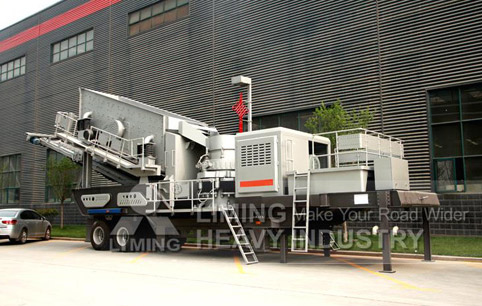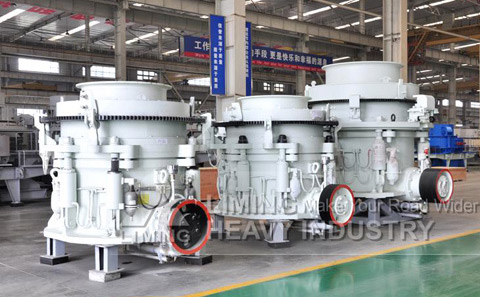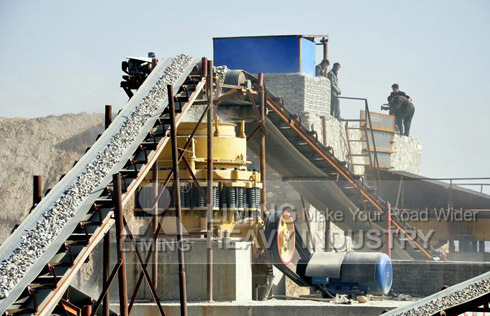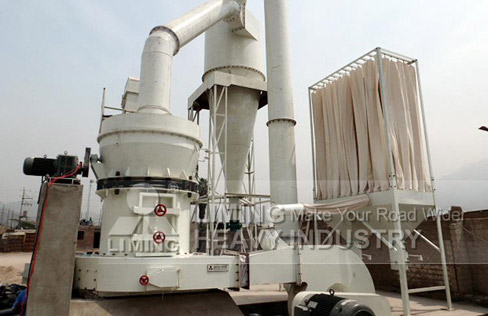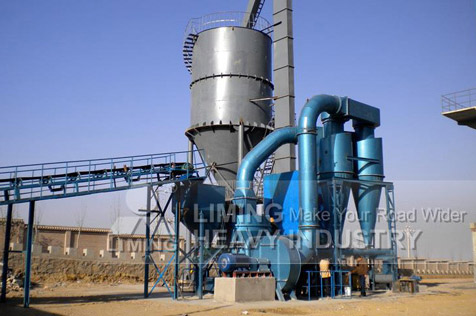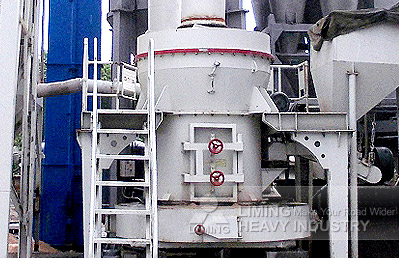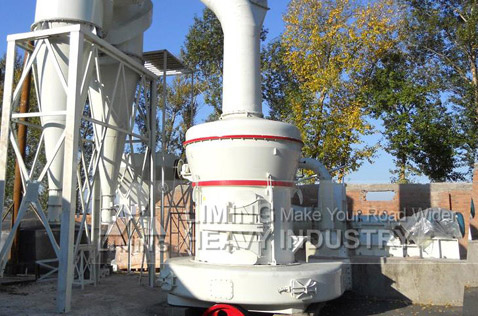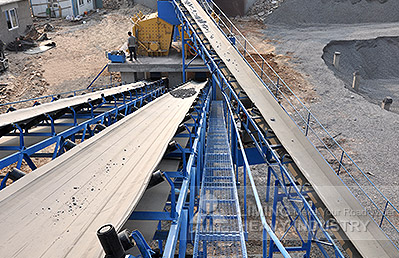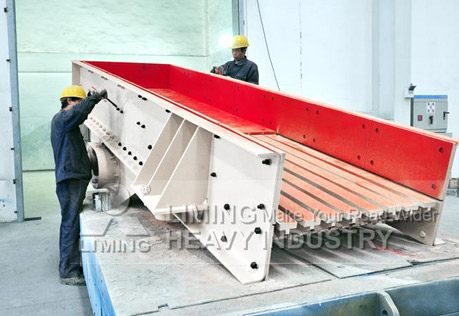
How do you convert cylinder strength to cube strength ...
2013-5-22 · With regards to concrete strength, a cylinder test strength is usually between 5 and 25 percent less than a cube test strength. You can
دردشة على الإنترنت
Cylinder r Strength h versus s Cube e Strength h
2021-4-21 · cylinder strength and cube strength also holds for local concrete, DEVB proposed to carry out a study in late 2012. The aim is to study the correlation between 150 mm dia. by 300 mm cylinder strength and 100 mm cube strength for local concrete. 7
دردشة على الإنترنت
Concrete Cube Test - CivilWeb Spreadsheets
Concrete Cylinder Strength to Cube Strength Conversion. The way that concrete cube tests and concrete cylinder compression test procedures measure the compressive strength of the concrete are different and there is no satisfactory simple relationship to convert the results of the compressive strength of cube and cylinder tests.
دردشة على الإنترنت
Conversion factor between cube and cylinder compressive ...
Download scientific diagram | Conversion factor between cube and cylinder compressive strength. from publication: Eurocode 2 predictions vs. mechanical properties of Self Compacting Concrete ...
دردشة على الإنترنت
Comparison of cube strength and cylinder strength ...
2022-2-11 · A comparison between cube and cylinder strength of the concrete is required to know to get them an idea about the characteristics strengths to be used in different standards. For example, Eurocode uses the characteristic cylinder strength to represent the strength of the concrete. But the British standard mainly uses the cube strength as ...
دردشة على الإنترنت
How can you convert English concrete cube strength to an ...
2022-2-7 · 133.78 KB. Cite. 20th Jan, 2017. Aman Kumar. Birla Institute of Technology, Mesra. Upto M60 ratio between cylindrical strength to cubical strength is 0.8, as we goes for higher strength concrete ...
دردشة على الإنترنت
Compressive Strength to Flexural Strength Conversion ...
f ck = Characteristic Concrete Compressive Strength (Cylinder). h = Depth of Slab The two methods agree reasonably well for concrete strengths and slab thicknesses typically used for concrete pavements. A calculator tool to apply either of these methods is included in the CivilWeb Compressive Strength to Flexural Strength Conversion spreadsheet.
دردشة على الإنترنت
How can i convert the cubical strength of 70mmx70mm
Generally, you can use the 70 mm cube to determine the 75*150 mm cylinder by multiplying the 70 cube strength by 0.8 to convert it to the cylinder
دردشة على الإنترنت
Strength Converter - ACPA
American Concrete Pavement Association, its Officers, Board of Directors and Staff are absolved of any responsibility for any decisions made as a result of your use. ... This web applet, based on various established correlation equations, allows you to quickly convert between compressive strength, flexural strength, split tensile strength, and ...
دردشة على الإنترنت
cubic strength to cylinder strength - Structural ...
2007-7-27 · BigH (Geotechnical) 26 Jul 07 20:26. Basically you use 0.8xcubic to get cylinder. Seems to be the standard for most. Neville and Brooks ("Concrete Technology") indicates that this is so. However, there is evidence that the actual factor depends on the strength of the concrete and moisture condition of the specimens.
دردشة على الإنترنت
Relation Between The Cubic And Cylindrical Strength Of ...
Conservative estimates put concrete cylinders at 80% of concrete cubes, for high-strength concrete some say the percentage is near 100%. The ratio between the cube (150mm) and cylindrical sample (150×300 mm). Generally Strength of Cylinder sample = 0.8 x Strength of Cube. Example:- M20 is equivalent to C25.
دردشة على الإنترنت
What is the Equivalent cube strength of concrete over ...
2011-10-15 · Reasons for concrete cube to have greater compressive strength as compared to cylinder iscontact area of a standard cube mould with the upper platen in the testing machine is more which results in ...
دردشة على الإنترنت
FACTORS AFFECTING CONCRETE CUBE & CYLINDER
Cylinder to cube strength ratio ranges from 0.77 to 0.96 depending on concrete strength level. 4. Direction of loading and machine characteristics. Concrete cubes may be loaded in the direction perpendicular to casting while cylinders are
دردشة على الإنترنت
Compressive Strength to Flexural Strength Conversion ...
f ck = Characteristic Concrete Compressive Strength (Cylinder). h = Depth of Slab The two methods agree reasonably well for concrete strengths and slab thicknesses typically used for concrete pavements. A calculator tool to apply either of these methods is included in the CivilWeb Compressive Strength to Flexural Strength Conversion spreadsheet.
دردشة على الإنترنت
What is the difference between Concrete Cube and
2017-5-13 · The Compressive strength test will result in a compressive load on the cube and the cylinder during the test procedure. This process will result in the Lateral Expansion of the sample which will result in the Poisson’s ratio effect.
دردشة على الإنترنت
Strength Converter - ACPA
American Concrete Pavement Association, its Officers, Board of Directors and Staff are absolved of any responsibility for any decisions made as a result of your use. ... This web applet, based on various established correlation equations, allows you to quickly convert between compressive strength, flexural strength, split tensile strength, and ...
دردشة على الإنترنت
FAQ: How To Calculate Compressive Strength Of Concrete ...
For normal concrete and HSC, the concrete compressive strength test results from cube specimens are generally higher than cylinders specimens [6]. As states in BS 1881, the compressive strength of concrete gained by cylinder specimens is equal to 0.8 times of the compressive strength gained by cube specimens.
دردشة على الإنترنت
Chapter 4 - Strength Approximation - EUCON
2017-11-28 · Table 4.1.1 Compressive strength classes for normal-weight and heavy-weight concrete. Compressive strength class Minimum characteristic cylinder strength (fck,cyl, MPa) Minimum characteristic cube strength (fck,cube, MPa) C8/10 8 10 C12/15 12 15 C16/20 16 20 C20/25 20 25 C25/30 25 30 C30/37 30 37 C35/45 35 45 C40/50 40 50 C45/55 45 55
دردشة على الإنترنت
Concrete Core Compressive Strength | The Structural World
2019-11-28 · Table 1.1 Example Core Tests Results. Notice that a series of coring samples are obtained as per table 1.1. According to ACI 318, as stated in ACI 214-4R-03 Chapter 7, the suspected concrete is considered adequate if the average
دردشة على الإنترنت
Correction Factors for Core Strengths| Concrete ...
1983-2-1 · In order to convert all core specimens to approximately the same strength basis as the standard 6x12-inch test cylinder, a correction factor is applied to the calculated strength. This factor, based on the ratio of length to diameter (l/d), has been given as 0.98 for l/d = 1.75, 0.96 for l/d = 1.50, 0.93 for l/d = 1.25 and 0.87 for l/d = 1.00.
دردشة على الإنترنت
Relation Between The Cubic And Cylindrical Strength Of ...
Conservative estimates put concrete cylinders at 80% of concrete cubes, for high-strength concrete some say the percentage is near 100%. The ratio between the cube (150mm) and cylindrical sample (150×300 mm). Generally Strength of Cylinder sample = 0.8 x Strength of Cube. Example:- M20 is equivalent to C25.
دردشة على الإنترنت
What is the Equivalent cube strength of concrete over ...
2011-10-15 · Reasons for concrete cube to have greater compressive strength as compared to cylinder iscontact area of a standard cube mould with the upper platen in the testing machine is more which results in ...
دردشة على الإنترنت
Strength Assessment of Concrete Structures
2014-4-29 · Estimation of an Equivalent Cube Strength corresponding to a particular core result must account for 2 main factors : 1) Effect of L/D ratio which requires a correction factor to convert the core strength to an equivalent standard cylinder strength. 2) Conversion to an equivalent cube strength using relationship between strengths of cylinders ...
دردشة على الإنترنت
Compressive Strength to Flexural Strength Conversion ...
f ck = Characteristic Concrete Compressive Strength (Cylinder). h = Depth of Slab The two methods agree reasonably well for concrete strengths and slab thicknesses typically used for concrete pavements. A calculator tool to apply either of these methods is included in the CivilWeb Compressive Strength to Flexural Strength Conversion spreadsheet.
دردشة على الإنترنت
FAQ: How To Calculate Compressive Strength Of Concrete ...
For normal concrete and HSC, the concrete compressive strength test results from cube specimens are generally higher than cylinders specimens [6]. As states in BS 1881, the compressive strength of concrete gained by cylinder specimens is equal to 0.8 times of the compressive strength gained by cube specimens.
دردشة على الإنترنت
Chapter 4 - Strength Approximation - EUCON
2017-11-28 · Table 4.1.1 Compressive strength classes for normal-weight and heavy-weight concrete. Compressive strength class Minimum characteristic cylinder strength (fck,cyl, MPa) Minimum characteristic cube strength (fck,cube, MPa) C8/10 8 10 C12/15 12 15 C16/20 16 20 C20/25 20 25 C25/30 25 30 C30/37 30 37 C35/45 35 45 C40/50 40 50 C45/55 45 55
دردشة على الإنترنت
[Solved] A cube of concrete in comparison to a cylinder of ...
Explanation: Compressive strength is defined as the strength of the hardened concrete which gives the measure of the concrete’s ability to resist compressive loads.; It can be found out by testing standard-sized concrete cubes (15 cm x 15 cm x 15 cm) or cylinders (15 cm diameter and 30 cm height) under Compression Testing Machine after 7 and 28 days taking an average of
دردشة على الإنترنت
Table of concrete design properties (fcd, fctm, Ecm, fctd ...
1992-1-1 · Design values of concrete material properties according to EN1992-1-1 Unit weight γ. The unit weight of concrete γ is specified in EN1991-1-1 Annex A.For plain unreinforced concrete γ = 24 kN/m 3.For concrete with normal percentage
دردشة على الإنترنت
COMPRESSIVE STRENGTH OF CONCRETE CUBES - Online
2021-7-12 · Compressive strength of concrete: Out of many test applied to the concrete, this is the utmost important which gives an idea about all the characteristics of concrete.By this single test one judge that whether Concreting
دردشة على الإنترنت
Correction Factors for Core Strengths| Concrete ...
1983-2-1 · In order to convert all core specimens to approximately the same strength basis as the standard 6x12-inch test cylinder, a correction factor is applied to the calculated strength. This factor, based on the ratio of length to diameter (l/d), has been given as 0.98 for l/d = 1.75, 0.96 for l/d = 1.50, 0.93 for l/d = 1.25 and 0.87 for l/d = 1.00.
دردشة على الإنترنت
 اتصل بنا
اتصل بنا